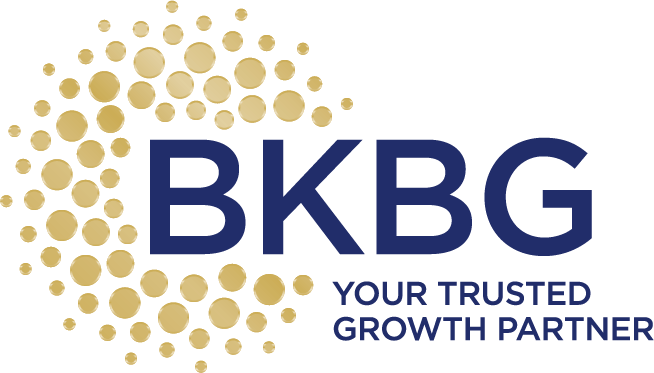How to Manage Customer Expectations
 One of the biggest challenges in working with clients on design and renovation projects is helping them navigate the often overwhelming sticker shock. Many homeowners come in with dreams but lack a realistic understanding of the costs involved. Educating them about what drives these costs can help reshape their expectations.
One of the biggest challenges in working with clients on design and renovation projects is helping them navigate the often overwhelming sticker shock. Many homeowners come in with dreams but lack a realistic understanding of the costs involved. Educating them about what drives these costs can help reshape their expectations.
For instance, cabinetry and hardware can consume nearly 30% of a kitchen renovation budget, while countertops might account for just 10%. Many clients may not realize that creating their dream home is a bespoke process tailored specifically to them and their space, not just a matter of copying a photo they like.
Providing a detailed menu of services can help reframe this challenge. An architect might list services like comprehensive site analysis with a geo-technical report, preliminary floor plans and exterior elevations, architectural drawings and 3D modeling, managing contractor bidding, and more.
Sales designers can warm up prospects by candidly discussing remodeling ideas and offering to establish a budget range by the end of the initial consultation. This transparency can significantly ease the budgeting process, which traditionally has been shrouded in mystery.
Typically, remodeling estimates require an initial home consultation for measurements, followed by hours of design work that can take up to two weeks to finalize. The sales designer then presents a single figure, leaving homeowners puzzled about the breakdown of costs.
With a transparent approach, the pricing process becomes clear. Homeowners are directly involved in developing their budget range, empowering them to make informed decisions. This openness builds trust and encourages clients to invest more in their project, bringing them closer to retaining a firm for their renovation.
Homeowners often want immediate results, but the decision-making process can significantly impact the timeline of a project. While some clients can make quick decisions, others struggle with the process. It's our duty to educate clients about the remodeling journey, especially if they've been influenced by TV home-improvement shows that often mislead viewers about project timelines.
What can we do to manage these unrealistic expectations? Honest and authentic communication is key. Making promises that feed into unrealistic expectations can turn a great project into a nightmare. Compassionately educating clients about the realities of remodeling and understanding their feelings can help them achieve their goals successfully. By being transparent and guiding them through the process, we can ensure a smoother and more satisfying renovation experience.
